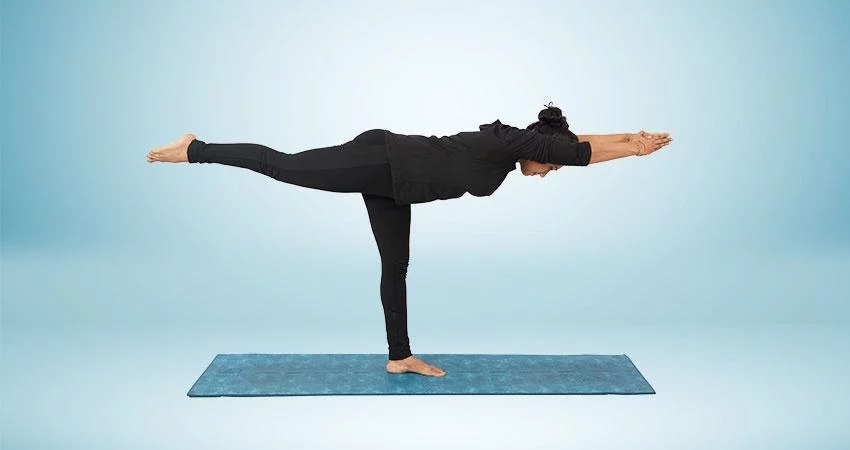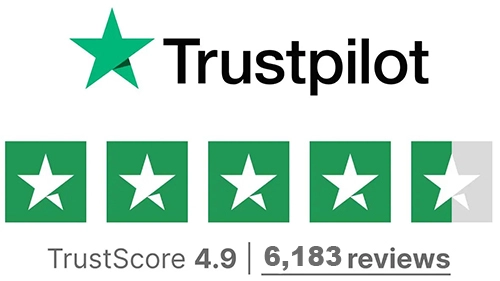Uttitha Hasta Padangashtusana (Extended hand -to- big toe pose) is an intermediate asana that falls under the balancing category. This standing asana, helps open the hips, shoulders, and arms while strengthening the legs, ankles, and muscles around the knees. It also deeply stretches the hamstrings, or back thigh muscles. The leg that is firmly planted on the ground to maintain the body's balance is under increasing pressure. Utthita Hasta Padangusthasana works on the flexibility of the hip joint, the base of the spine, and the hamstring muscles. In Sanskrit, the words "utthita" and "hasta" mean "stretched", "pada" means "foot", "angustha" means "big toe", and "asana" means "posture or pose". Uttitha Hasta Padangushtasana works on the Swadhistana Chakraand Muladhara Chakra.
Steps to do Extended hand -to- big toe pose / Uttitha Hasta Padangashtusana
- Stand in Tadasana.
- Hold the right big toe with the right hand, left hand on the waist.
- Stretch the right leg forward, body straight. Gaze at one point.
- Stretch the leg to the right side, look over the left shoulder.
- Keep breathing while holding the posture.
- To release, bring the right leg forward, bend the right knee and drop the right leg and relax the hands.
- Repeat on the other side.
Tips for beginners
- A good balance while doing this asana is important.
- Make sure you use your strap to support your foot in the beginning. Once your balance is acquired, you can practise this asana without the strap.
- Preparatory poses for Extended hand -to- big toe pose are: Titli Asana, Upavishta Konasana(Wide Angle Seated Forward Bend), Janu Shirsasana(Head to Knee Pose), Utkata konasana, Ardha Chandrasana, Natarajasana(Dancer’s Pose).
Benefits
- It improves the sense of balance.
- Strengthens the legs and ankles.
- Opens up the hips and stretches the thighs.
Watch out for
- If you have low or high blood pressure, insomnia, migraine then avoid doing this pose.
- Those who have knee joint pain or ankle joint pain shouldn’t perform this asana.
Variations
- You can do this pose on the chair or by the support of the wall.
- You can try to balance the leg in the air without touching the toe.








